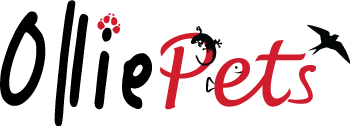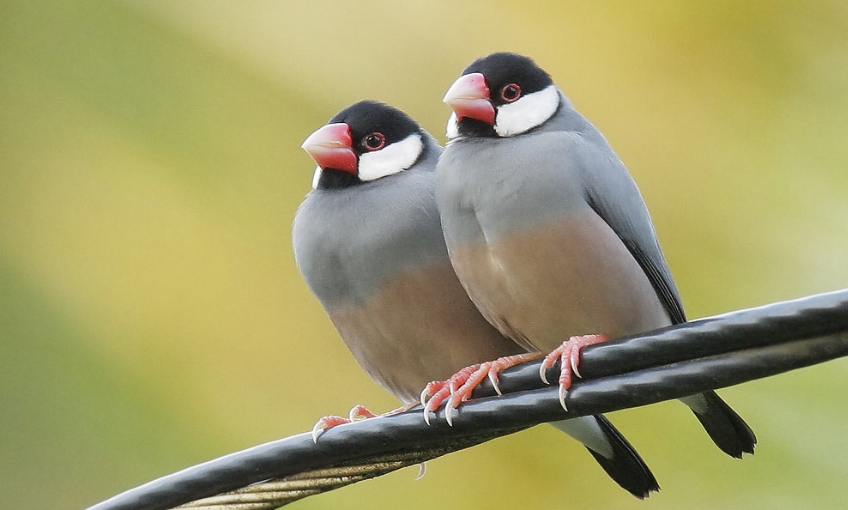
Indoor Bird Cage Cleaning
Find Bird Cage & Aviary Cleaning products, Disinfectants and Sanded Bird Cage Sheets to keep their home clean. Keep your Bird’s home looking and smelling great.
One of the keys to keeping your bird healthy is regular cleaning of your bird’s cage, play stands, and accessories. Once you work out a routine, you will find that daily and weekly cage cleaning can be done quickly and efficiently. You will also have the satisfaction of knowing your bird will be happier and healthier.
As you clean a bird’s cage, watch for signs of disease or injury
As you clean, it is important to look for any signs that your bird may not be feeling well. Also, watch for hazardous conditions in the cage, and remove or correct them. Observe:

- Has the normal amount of food been eaten?
- Is there any regurgitated material in or on the cage?
- Are the droppings normal in appearance and number?
- Are there feathers present? Do they look normal?
- Do any of the toys appear frayed and need to be replaced?
- Are the bars and welded portions of the cage in good repair?
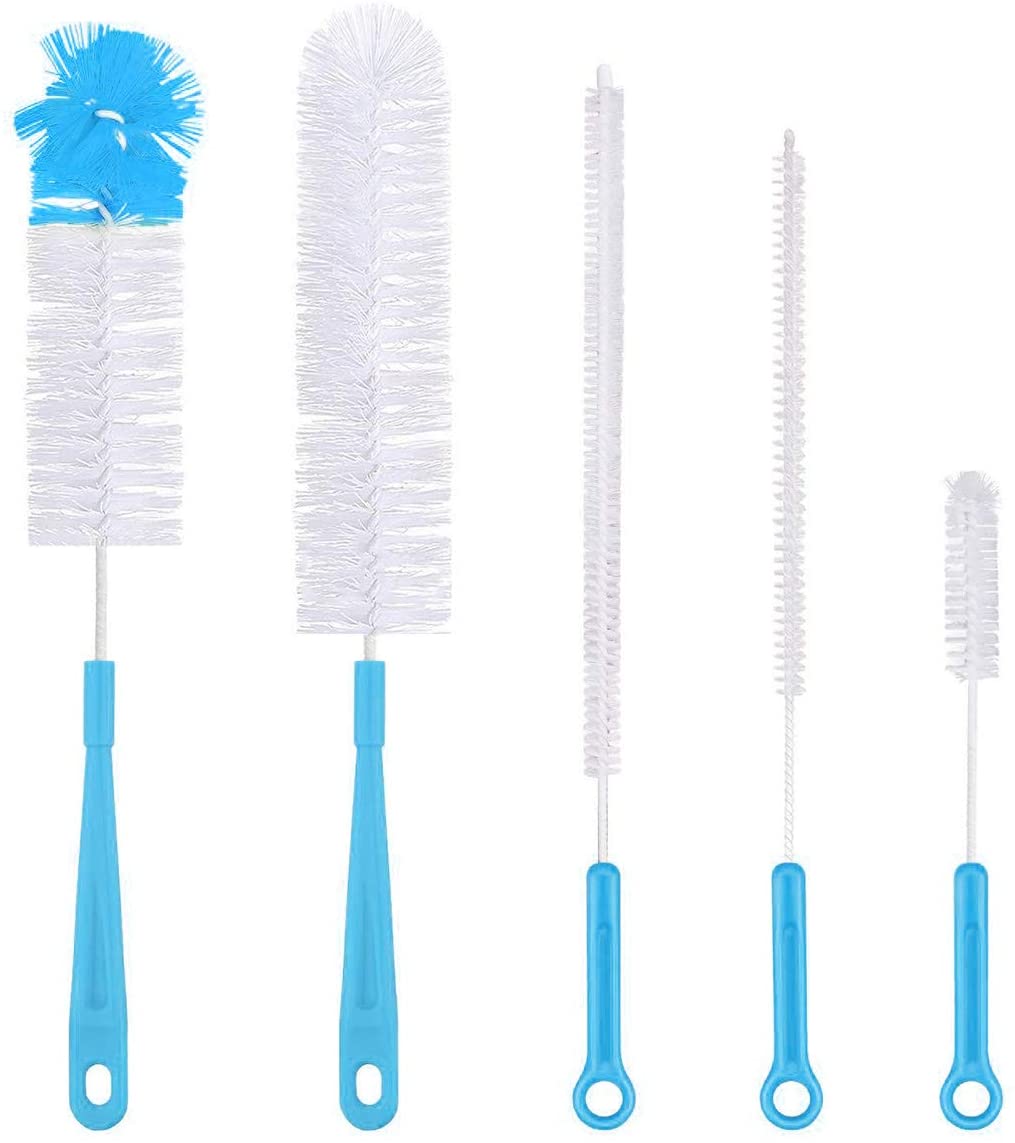
5pcs Multipurpose Brushes
Qisan
£8.59

Clean ‘n’ Safe Bird Cage Disinfectant
Johnsons vet
£9.06
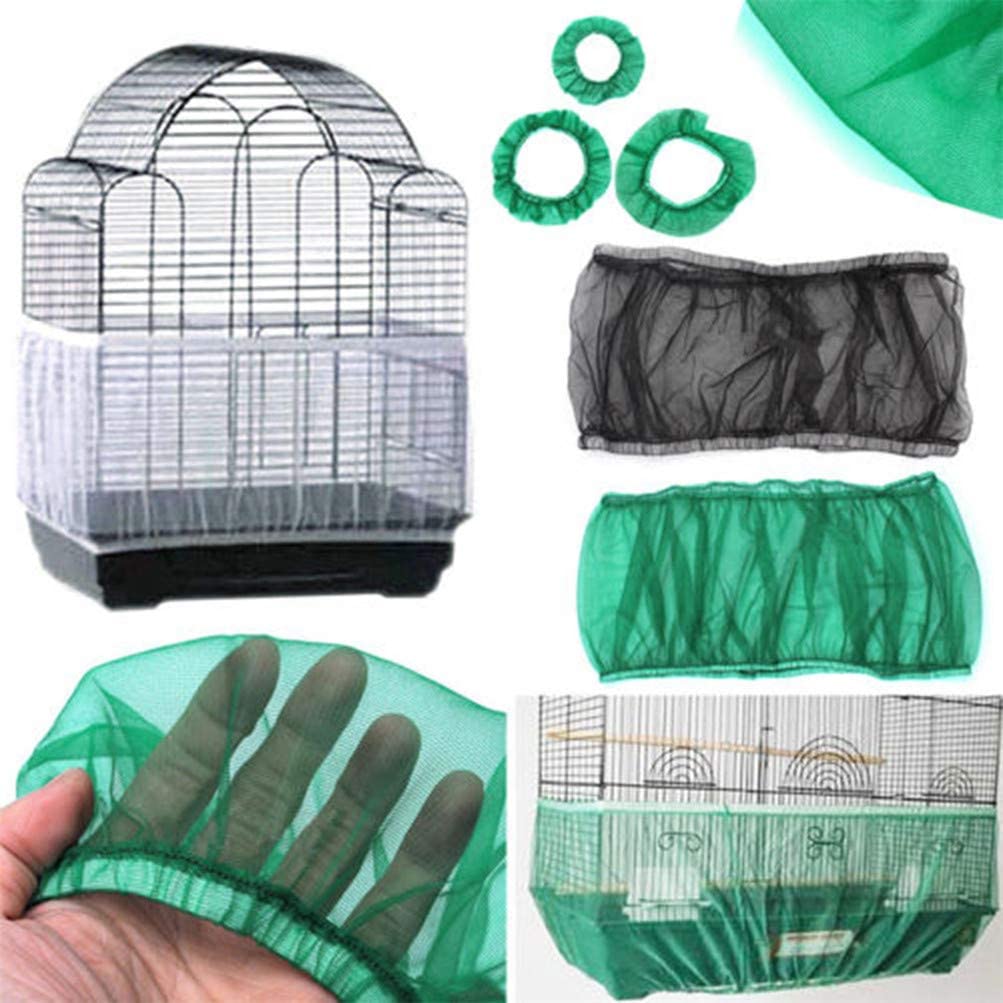
Nylon Mesh For Birds Cage
Flybloom
£1.67
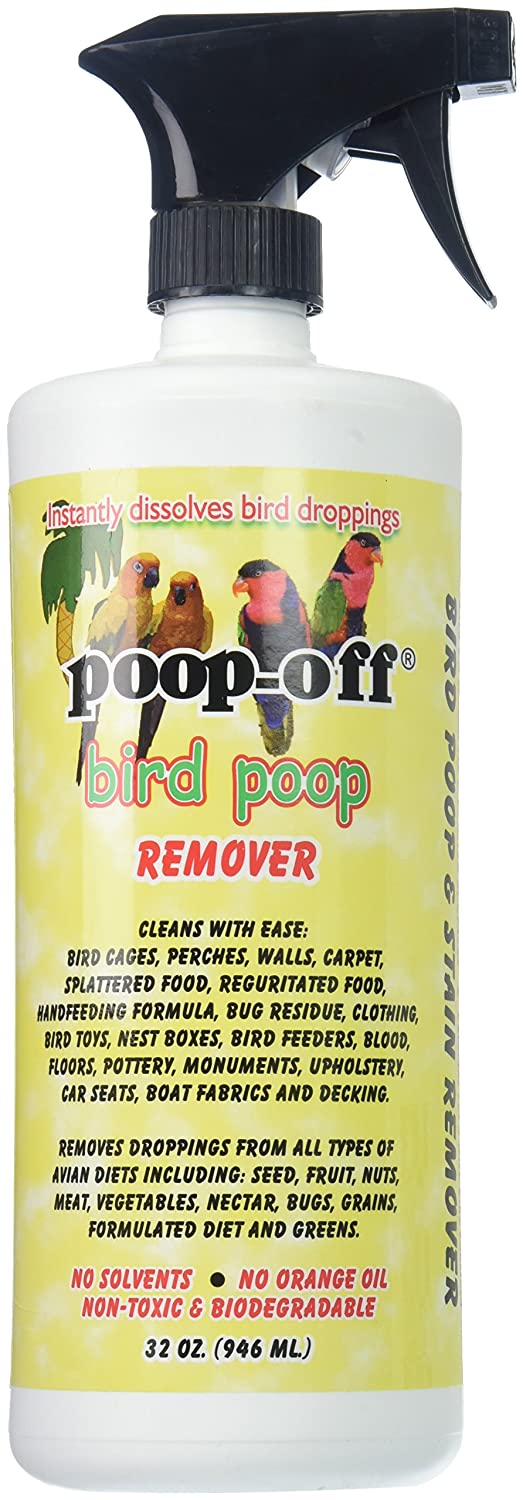
Bird Poop Remover Sprayer
Poop-Off
£17.81
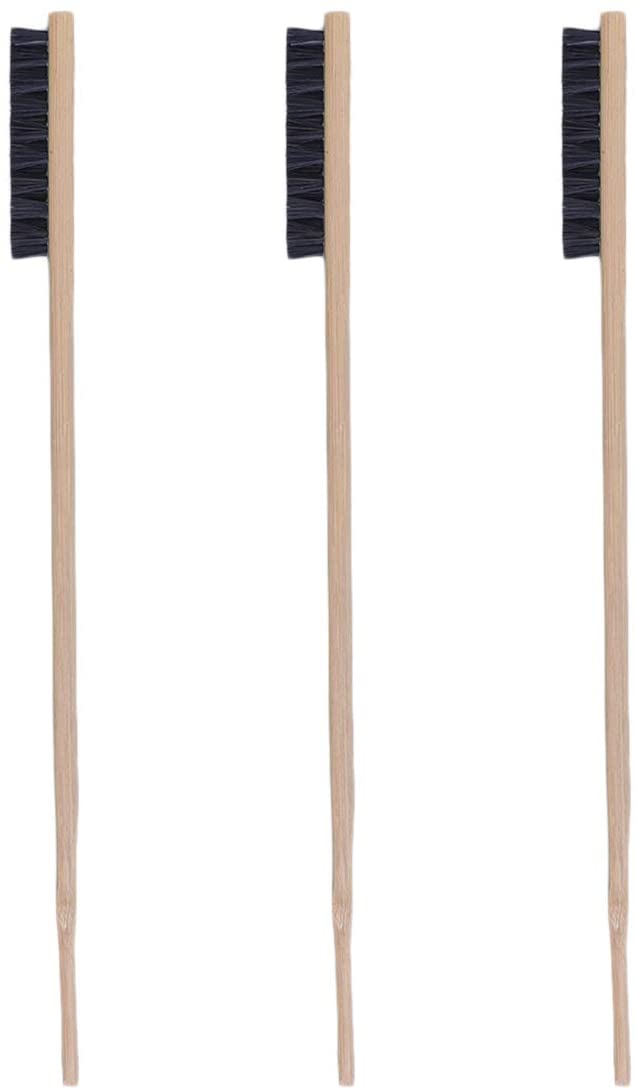
3 Cleaning Brush-Wooden
POPETPOP
£10.49
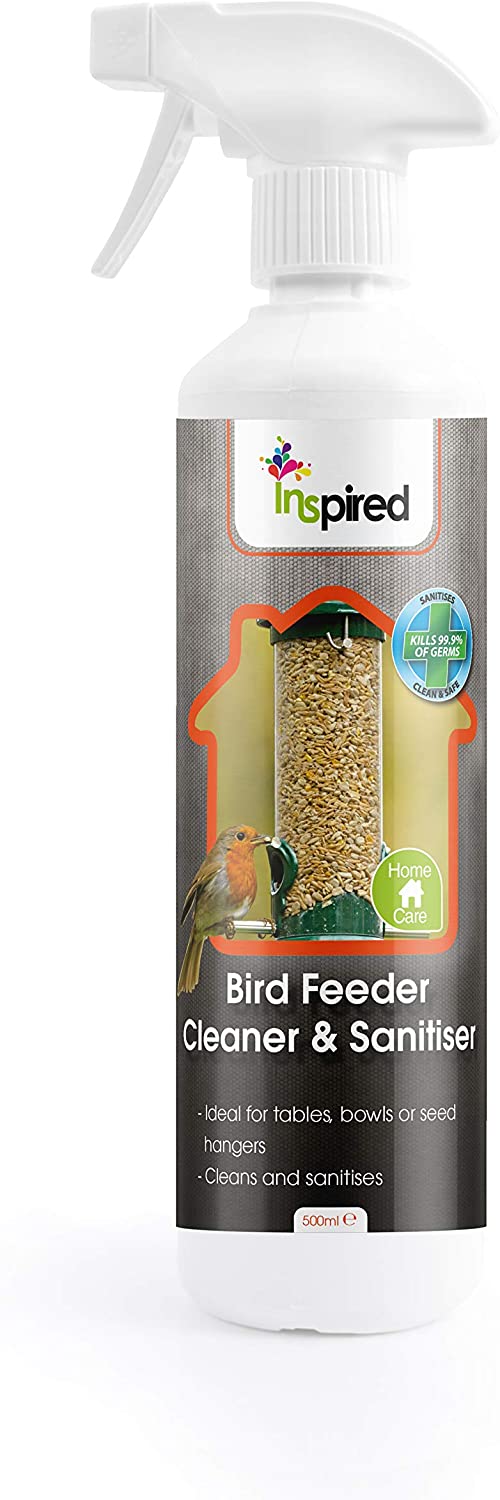
Feeder Cleaner & Sanitiser
Inspired
£6.99
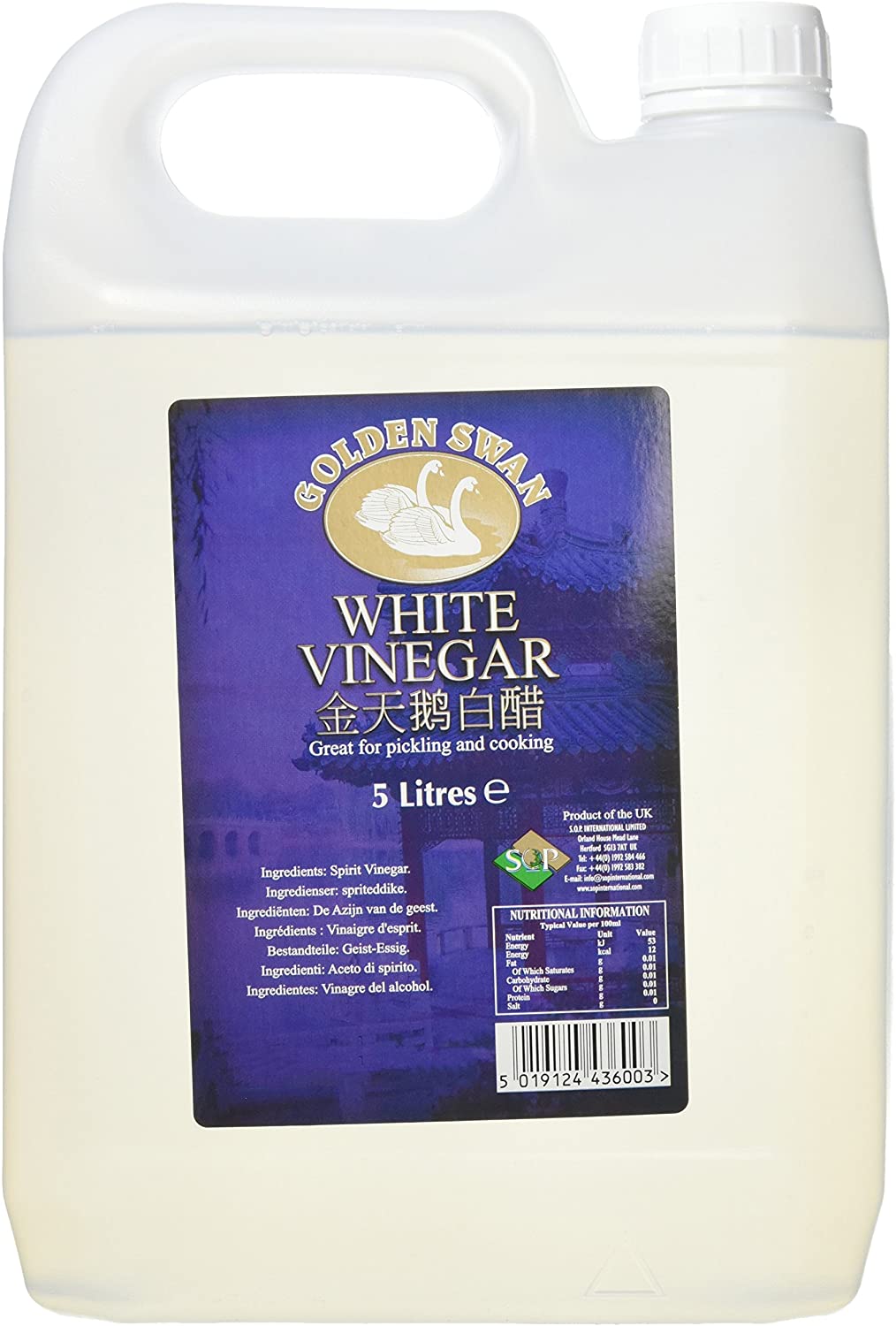
White Vinegar (4 x 5L)
Golden Swan
£13.49
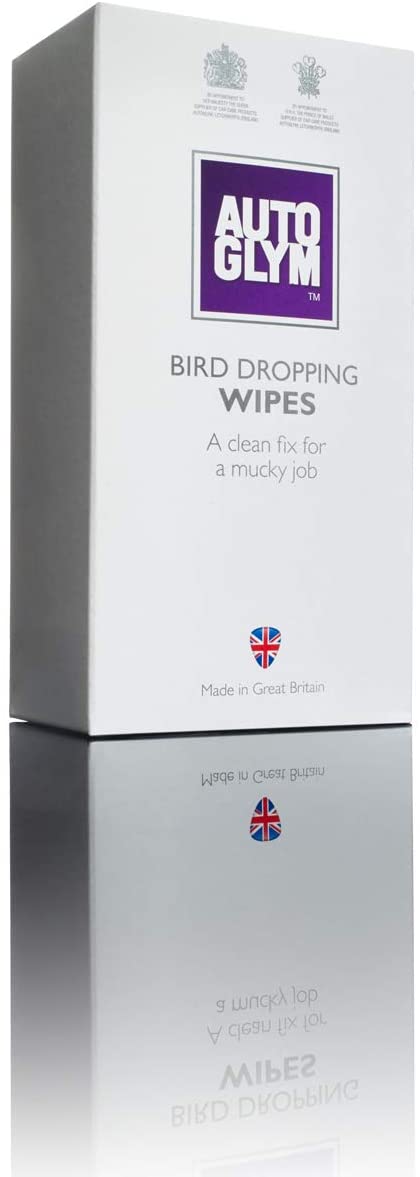
Bird Dropping Wipes x10
Autoglym
£5.60
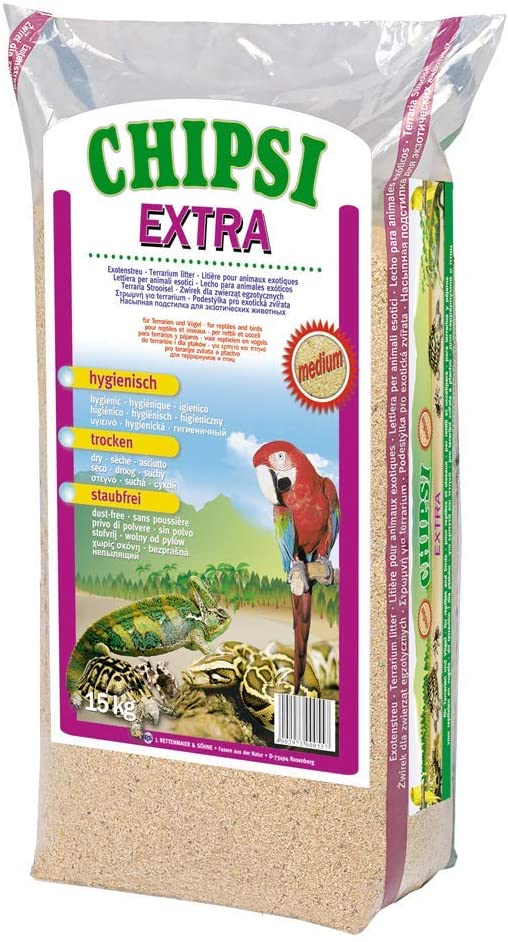
Beechwood Bedding (15Kg)
Chipsi
£21.49

Disinfectants
Selecting the proper disinfectant for bird cages must be done carefully. The disinfectant must be strong enough to kill disease-causing viruses, bacteria, and fungi, yet not cause harm to the bird. Birds are extremely sensitive to toxic fumes, so care must be taken to move the bird to another room while using most disinfectants.
- Although there are many disinfectants on the market, the best, most readily available disinfectant for cleaning a cage is household bleach. Use bleach at a dilution of approximately 1/2 cup bleach to 1 gallon of water.
- Reminder: It is important to remove seeds, droppings, etc., before using the disinfectant, since the presence of organic material will prevent it from working properly. So clean any soiled areas with a hot solution of dishwashing liquid, and rinse well before applying any disinfectant.
- Apply the disinfectant and allow it to have contact with the material for 5-10 minutes. Rinse the items thoroughly with clean water, especially any wooden items. For your safety and comfort, use the bleach solution in an area that is adequately ventilated. Rubber gloves and safety goggles are also recommended. Allow the cage and all items to dry thoroughly before reassembling and placing the bird back into the cage.
Daily cage cleaning

Liners: The liner of the cage should be replaced daily. Newspaper (black and white ink only, since some colored ink may be toxic) and other paper liners are a good choice since they are easily replaced and allow for good observation of the droppings. For smaller birds, some people place several layers of liner in the cage, so they only have to remove the top one. If you follow this procedure, make sure the remaining liners are clean and water or droppings have not soaked through.
Dishes: Food and water dishes should be washed in hot, soapy water, and dried thoroughly. Do not clean the dishes in areas where food is prepared. To provide more cleaning power, some people wash them in the dishwasher or use a disinfectant. Be sure no trace of soap or disinfectant remains on the dishes. The food dishes need to be absolutely dry before adding food, since damp seed or pellets can quickly mold. To avoid waste, fill the dishes with only the amount the bird will eat until the dishes are cleaned again.
A good alternative is to have two or more sets of dishes, so while one set is being cleaned, the other set can be used in the cage. Stainless steel or high impact plastic dishes are recommended since they clean easily and can withstand repeated washings, hot water, and disinfectants.
If you use a water bottle, use a bottlebrush to clean it thoroughly. Again, having two or more bottles available often makes cleanup easier. Check the bottle to make sure the ball is loose and works properly.
Accessories: If you have a birdbath in the cage, it should be removed, washed in hot soapy water and/or disinfectant, rinsed very well, and refilled with fresh water.
Any accumulations of droppings on perches or toys should be removed.
Surrounding area: Sweep or vacuum (a small hand-held vacuum is handy) the floor to remove seeds, hulls, feathers, and other debris. A cage apron can help collect this material, and can be removed and emptied daily. If the area is carpeted, a plastic carpet liner or a mat designed for use under an office chair, is a good idea since it can be easily cleaned and disinfected.
Weekly/monthly cage cleaning

How often you need to do a major cleanup of the cage and contents somewhat depends on the type and number of birds you have, size of cage, how much time your bird spends in it, etc. Generally, the cages of larger birds, and lories and lorikeets need to be cleaned thoroughly on a weekly basis. For some smaller birds, monthly cleaning may be sufficient. Follow these 7 steps in your cleaning routine.
- Assemble supplies: To assist with weekly cleanups, have all your supplies handy in one place. You may want to purchase an easy-to-carry plastic tote that will hold all your supplies. Supplies should include:
- Cage liners
- Paper towels and/or cage wipes
- Cleaning cloths
- Bird-safe disinfectant
- Sandpaper
- Scrub brush and/or old toothbrushWhen cleaning, place a garbage can next to the cage, to make it easier…
- Remove the bird to safe surroundings, preferably to an alternate cage in another room where he will not be exposed to any fumes from the cleaning supplies.
- Remove all toys and accessories from the cage.
- Remove any seeds or loose droppings from the cage. Scrub the cage with hot soapy water. Some people place the cage in the tub or shower and use a hand-held spray to help wash it out. Rinse the cage well with plain water, and then soak or spray it down with a disinfectant. Rinse it thoroughly and let it dry completely before replacing clean toys and perches. Air dry the cage in the sun, if possible.
- Remove droppings from perches and toys with a common dishwashing detergent. Sandpaper can help to remove droppings from wooden perches, blocks, and toys. As with the cage, wash and rinse the perches and toys before using a disinfectant. Some wood, plastic, or stiff rope toys and perches are dishwasher safe. Softer ropes can be placed in the washing machine. Once clean, disinfect all items and rinse thoroughly. Toys and perches must be completely dry before they are placed back in the cage with the bird. Air dry them in the sun, if possible, or dry them in the oven at 250 for 10-15 minutes. Again, it often saves a lot of time to have two sets of perches and toys so dry, clean ones can be quickly placed in the cage while the other set dries. Discard any perch or toy that does not come clean, is frayed, or broken.
- Empty and wash the cage apron and clean the area underneath the cage. Tile flooring, vinyl, and plastic carpet runners can be washed and disinfected. You may want to check the walls too, since food or other material may have been flung against them by the bird.
- Place all the dry items back in the dry cage, put in a clean liner, fill the food and water dishes, and pat yourself on the back as you bring your bird back, to his sparkling home.

